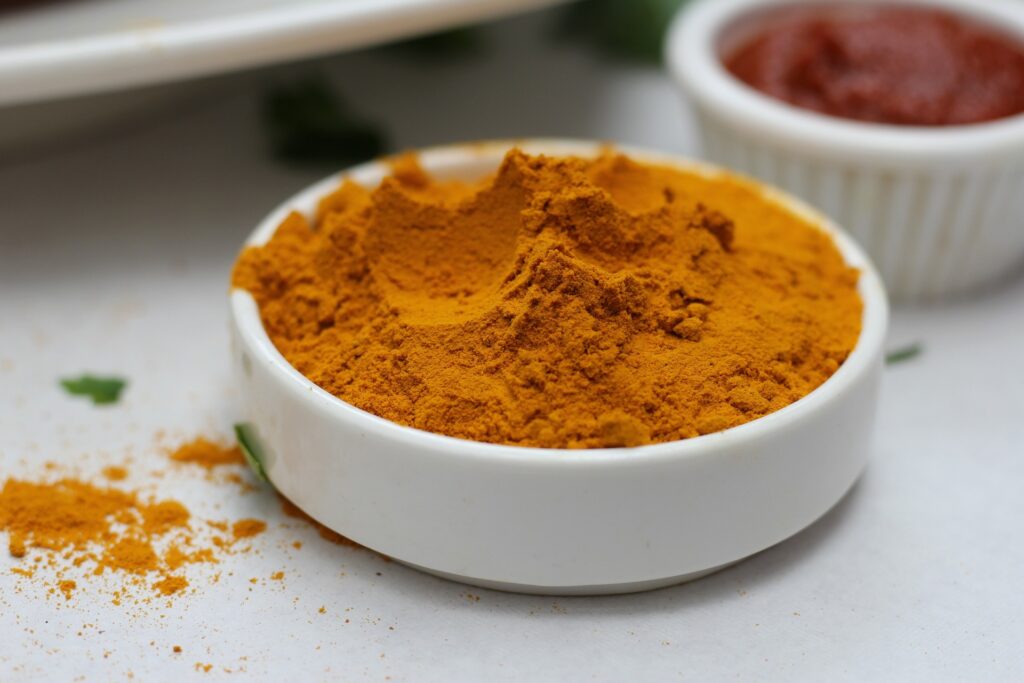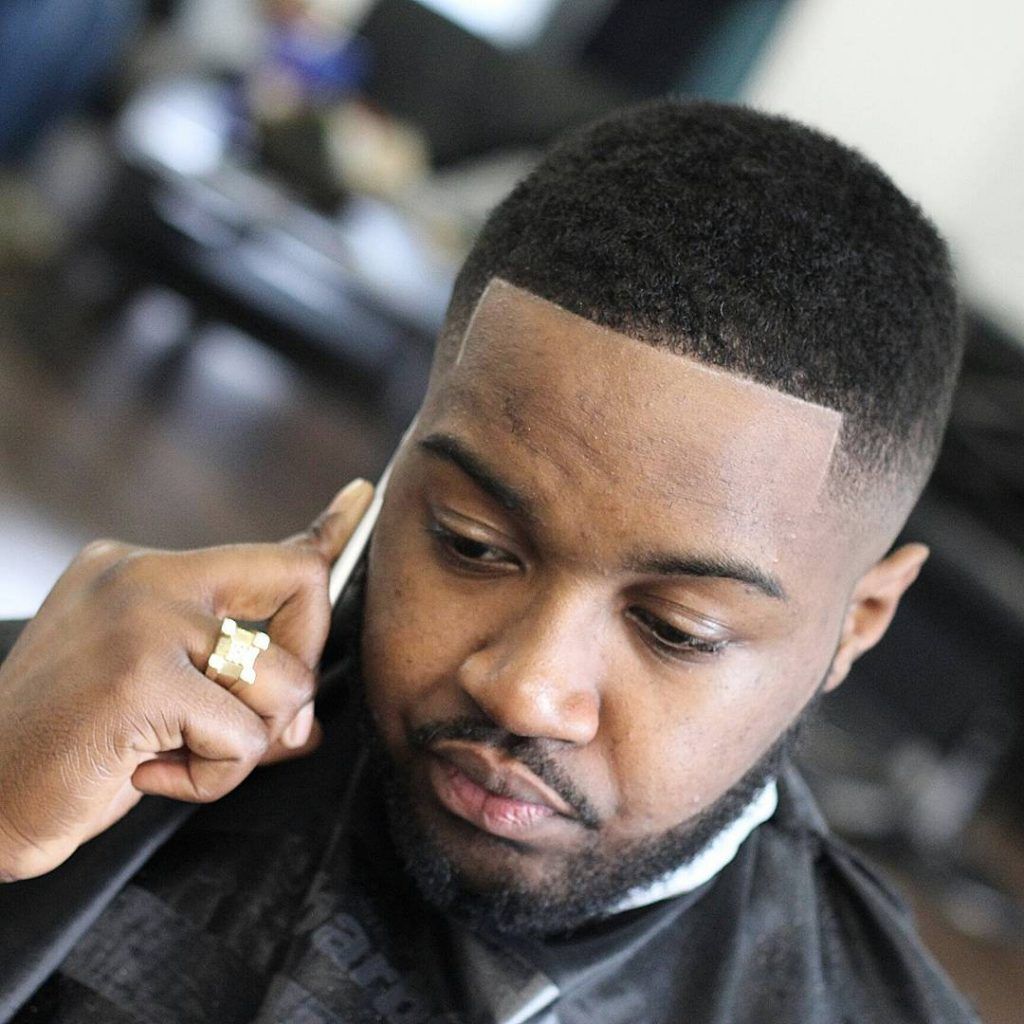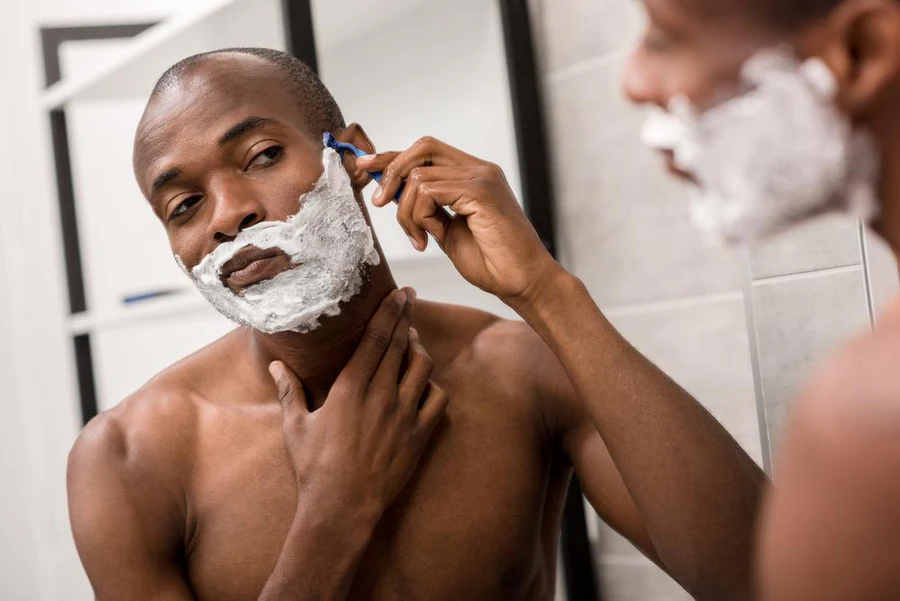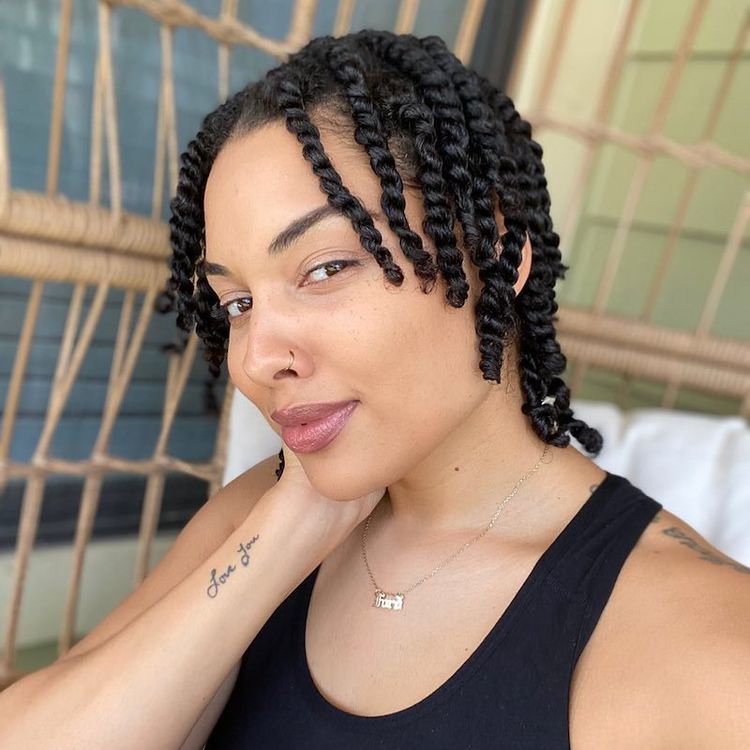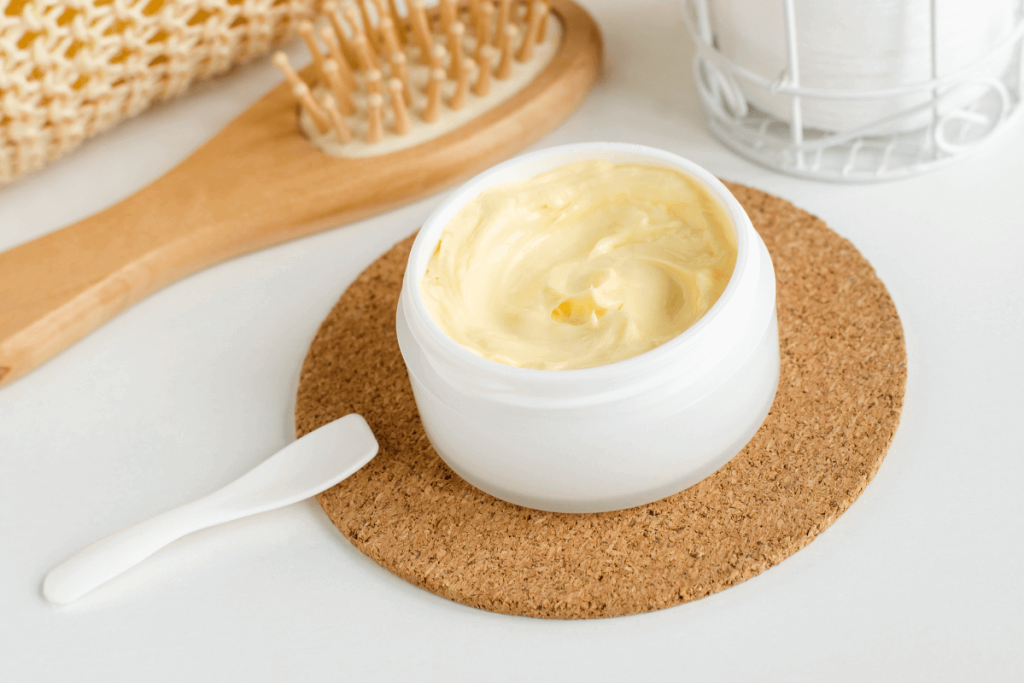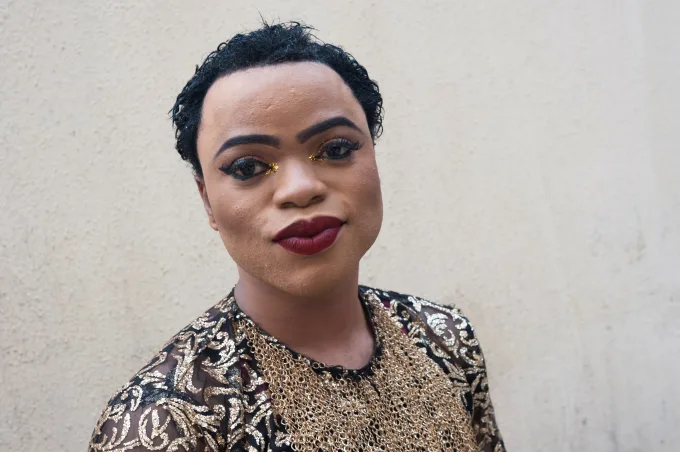
Perfume is one of the most personal and evocative products that we use. It can transport you to a different time or place, evoke a memory, or simply make you feel good. But what goes into creating a fragrance? What are the different steps involved in the perfume creation process?
In this article, we will take a look at the art of perfumery and unveil the fragrance creation process. We will explore the different ingredients that are used in fragrances, the different types of fragrances and the different techniques that are used to create them.
The Ingredients of Perfume
The first step in creating a fragrance is to choose the ingredients. There are hundreds of different ingredients that can be used in fragrances, each with its own unique scent. Some of the most common ingredients include:
Flowers: Roses, jasmine and lavender are some of the most popular flower scents.
Fruits: Citrus fruits, berries and melons are all popular fruit scents.
Spices: Cinnamon, ginger and nutmeg are some of the most popular spice scents.
Woods: Cedar, sandalwood and vetiver are some of the most popular wood scents.
Musk: Musk is a popular ingredient that adds a sensual, animalistic note to fragrances.
Amber: Amber is a popular ingredient that adds a warm, smoky note to fragrances.
The Different Types of Perfumes
Once the ingredients have been chosen, they are blended together to create a fragrance. The different ways that the ingredients are blended together can create a wide variety of different fragrances. Some of the most common types of fragrances include:
Eau de parfum: Eau de parfum is the most concentrated type of perfume. It contains between 15 per cent and 20 per cent fragrance oil.
Eau de toilette: Eau de toilette is a less concentrated type of perfume. It contains between 5 per cent and 12 per cent fragrance oil.
Eau de cologne: Eau de cologne is the least concentrated type of perfume. It contains between 2 per cent and 4 per cent fragrance oil.
The Different Techniques Used to Create Perfumes
There are a variety of different techniques that can be used to create perfumes. Some of the most common techniques include:
Enfleurage: Enfleurage is an ancient technique that uses flowers to extract their scent. The flowers are placed in a layer of fat, which absorbs the scent. The fat is then scraped off and used to create the perfume.
Expression: Expression is a technique that uses heat to extract the scent from fruits and citrus peels. The fruits or peels are placed in a press, which squeezes out the juice. The juice is then collected and used to create the perfume.
Distillation: Distillation is a technique that uses steam to extract the scent from flowers, herbs, and spices. The flowers, herbs, or spices are placed in a still, which is heated. The steam rises and carries the scent with it. The steam is then condensed and collected, and the perfume is created.
The Fragrance Creation Process
The fragrance creation process can be a long and complex one. It can take months or even years to create a new fragrance. The process typically begins with the perfumer choosing the ingredients. The perfumer will then blend the ingredients together to create a prototype fragrance. The prototype fragrance is then tested on a variety of people to get feedback. Once the perfumer is happy with the prototype fragrance, it is then named and packaged.
The fragrance creation process is a complex and artful one. It takes a great deal of skill and creativity to create a new fragrance that is both appealing and unique. The next time you wear a fragrance, take a moment to appreciate the art and science that went into its creation.



